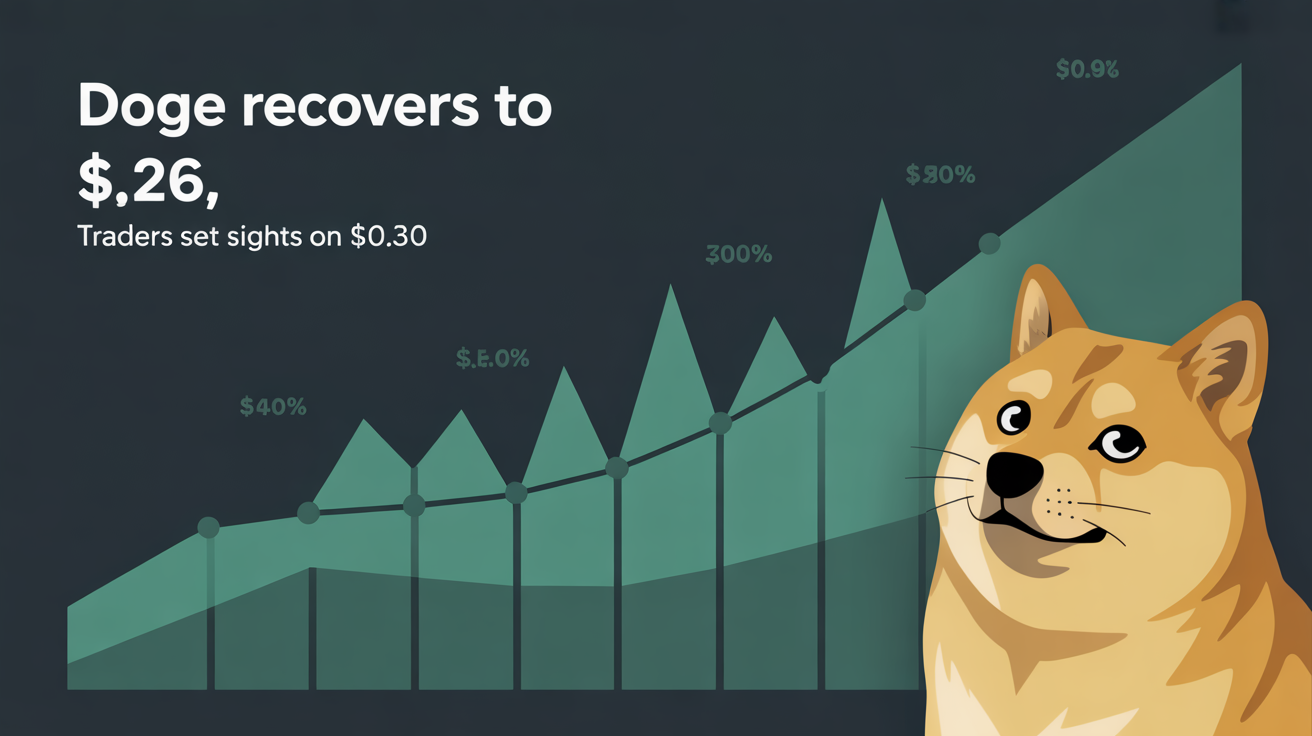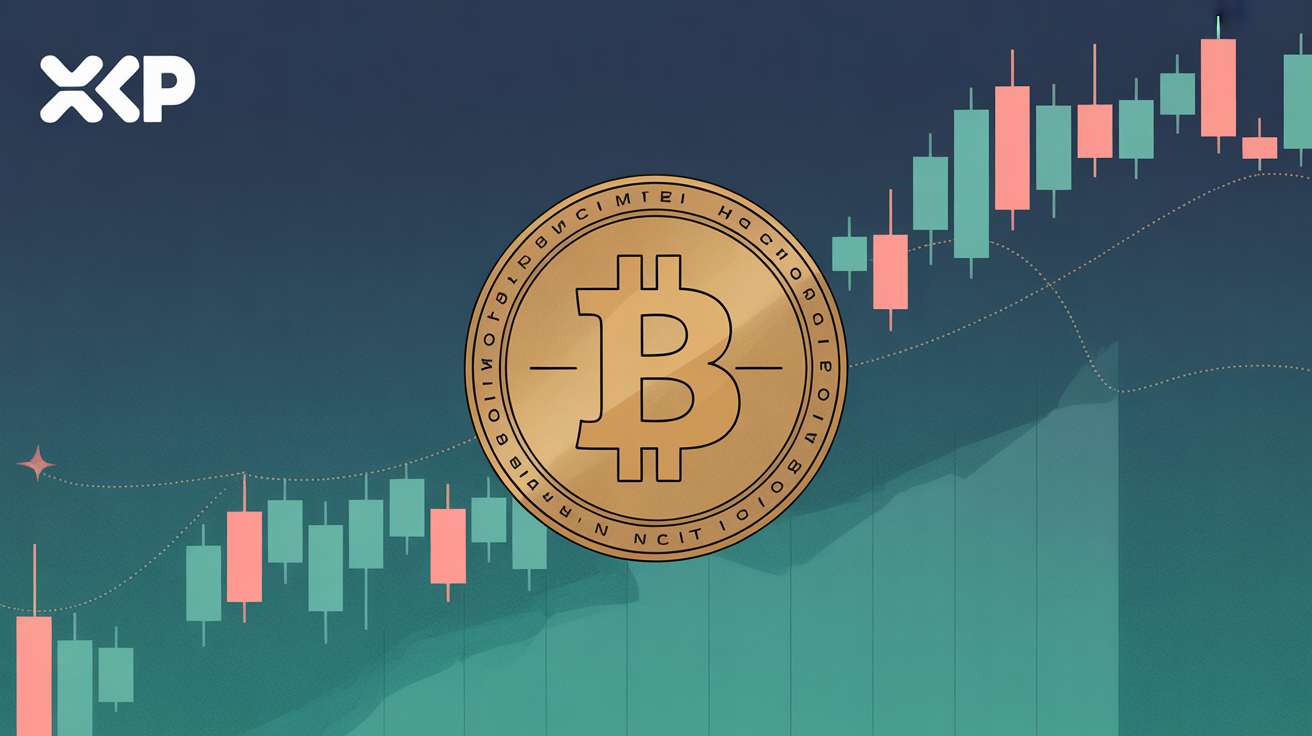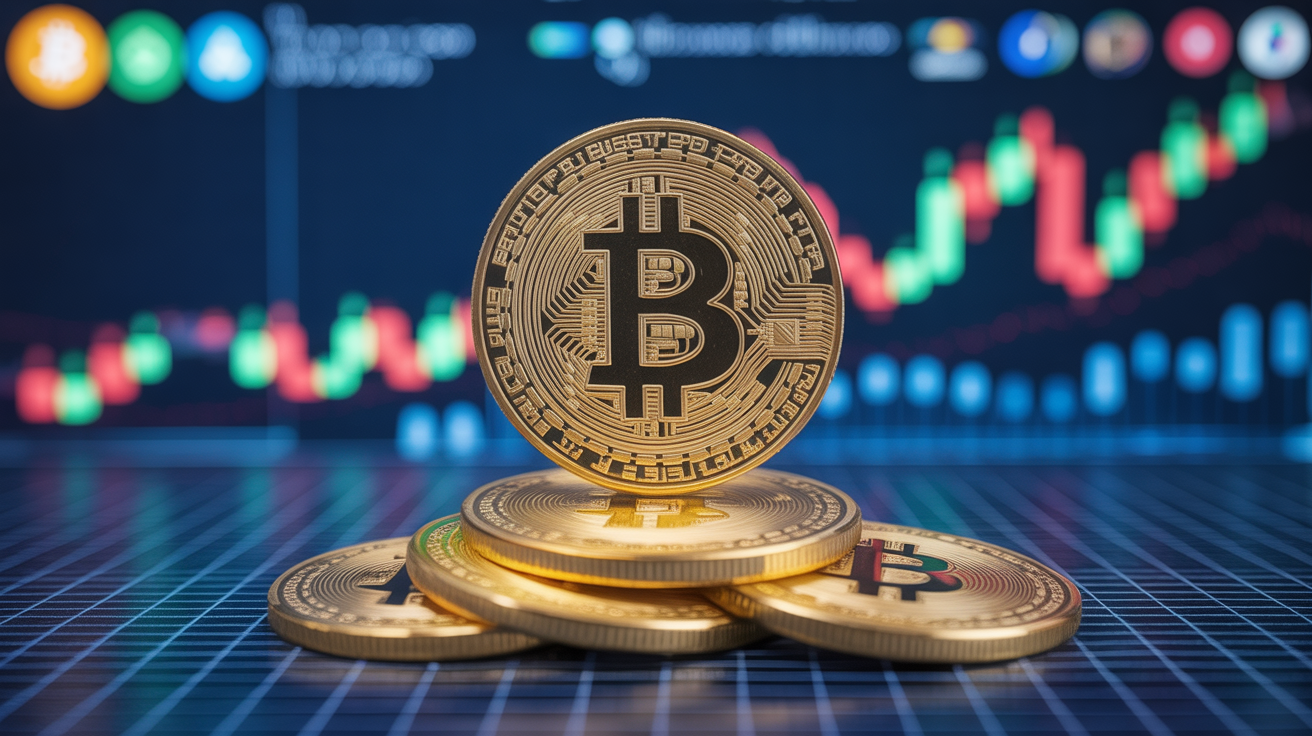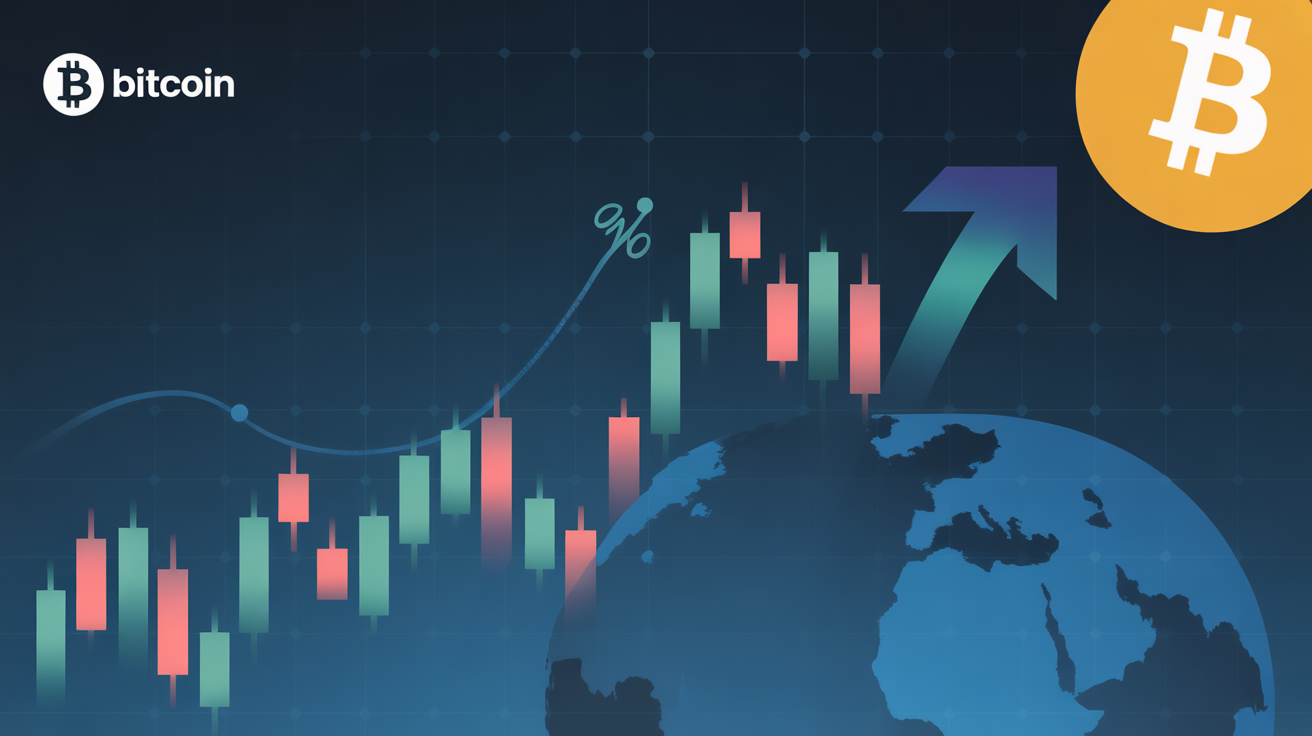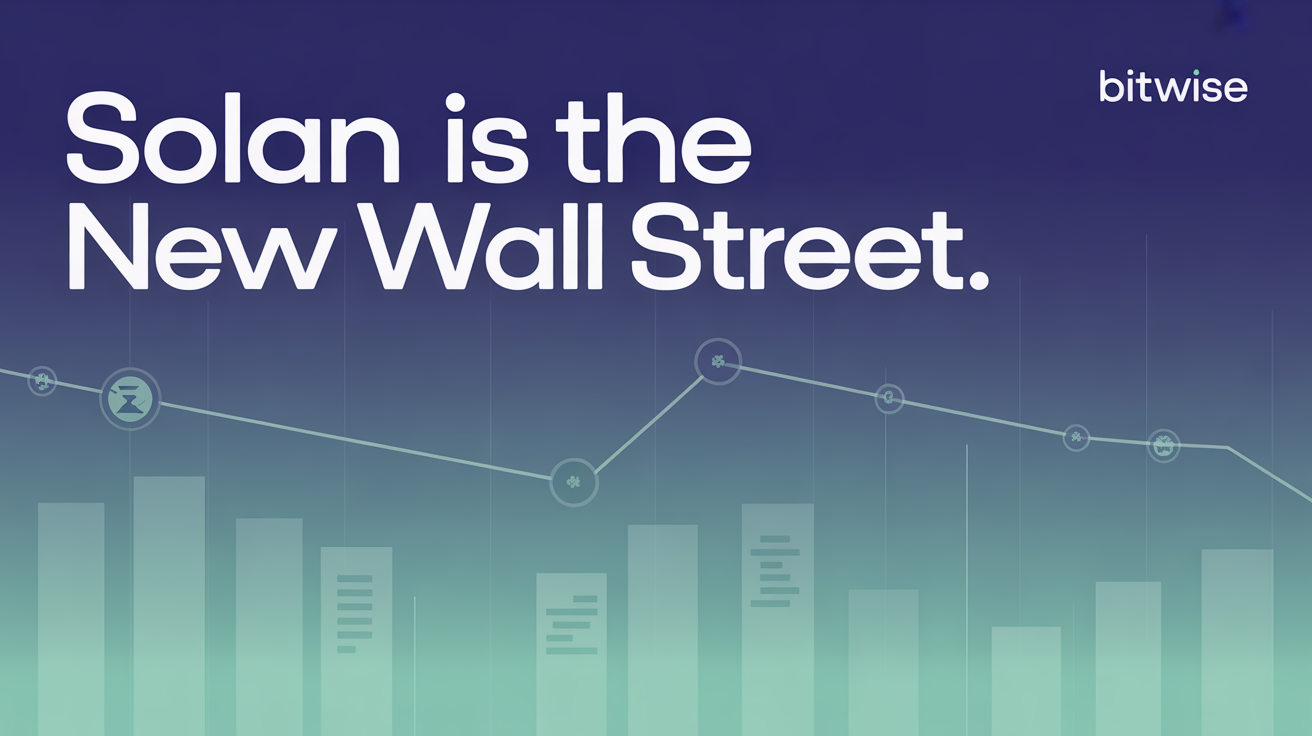
SSK Solana Staking ETF Launch Outperforms Expectations; Crypto Institutionalization Accelerates
The debut of the REX-Osprey Solana + Staking ETF (SSK) — the first U.S.-listed crypto staking ETF — exceeded expectations on its first trading day, closing with $33 million in volume, according to Bloomberg ETF analyst Eric Balchunas. In a post on X, Balchunas noted that SSK’s performance was stronger than the average ETF launch, and significantly better than previous Solana or XRP futures ETF listings.
SSK provides exposure to Solana (SOL) while allowing investors to earn staking rewards, eliminating the need for technical know-how. The ETF offers indirect staking exposure in a regulated format, making it more accessible to traditional market participants.
The ETF’s launch follows a pivotal decision by the U.S. Securities and Exchange Commission (SEC) in late May, which clarified that crypto staking doesn’t violate securities laws—clearing the way for products like SSK to come to market.
Following the ETF’s debut, Solana (SOL) rose 4% to over $150, according to CoinDesk data.
Currently, there are no Ethereum staking ETFs in the U.S., although Canadian firm 3iQ offers one on the Toronto Stock Exchange. Meanwhile, Hong Kong’s Securities and Futures Commission (SFC) introduced crypto staking guidelines in April, enabling local issuers to list ETH staking ETFs on the region’s exchange.
Bitcoin ETF Out-Earns S&P 500 Giant as Institutional Interest Surges
In a separate development, BlackRock’s iShares Bitcoin ETF (IBIT) has overtaken its flagship iShares Core S&P 500 ETF (IVV) in annual revenue generation, according to Presto Research.
Though IBIT holds $75 billion in assets under management—compared to IVV’s massive $624 billion—its 0.25% management fee translates to about $187.2 million in annual revenue. IVV, by contrast, charges just 0.03%, yielding slightly less in total fee income.
“IBIT’s fees are 8.3x higher than IVV’s,” Presto noted, adding that the premium investors are willing to pay highlights the early but rapidly growing institutional appetite for regulated crypto exposure.
The report emphasized that while S&P 500 ETFs have become commoditized, crypto ETFs like IBIT still command premium pricing. It’s not just about Bitcoin exposure—it’s also about brand trust, and BlackRock’s reputation gives institutions the confidence to enter the space.
With IBIT leading market inflows among Bitcoin ETFs, the takeaway is clear: the institutional era of crypto is no longer on the horizon—it’s here.
Market Snapshot – July 3, 2025
- Bitcoin (BTC):
BTC rose 3.6% to trade above $109,000, supported by rising volume, newly formed support between $109,064–$109,359, and improved market sentiment following the U.S.-Vietnam trade agreement despite continued Middle East tensions. - Ethereum (ETH):
ETH jumped 8.6% to $2,608, marking a breakout on strong volume. Growing institutional interest continues to drive momentum, with new support at $2,565 and resistance forming around $2,617. - Gold:
HSBC raised its gold forecasts for 2025 and 2026 to $3,215 and $3,125 per ounce, respectively, citing rising geopolitical risks and sustained investor demand. - Nikkei 225:
The Japanese Nikkei 225 index slipped 0.15%, part of mixed trading across Asia-Pacific markets, as investors awaited more details on the U.S.-Vietnam trade agreement. - S&P 500:
The S&P 500 gained 0.47%, closing at 6,227.42 on optimism around the new U.S.-Vietnam trade deal. However, a surprise drop in June private payrolls sparked renewed concerns about the U.S. economy.


